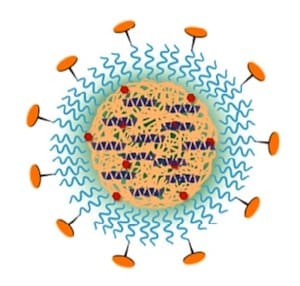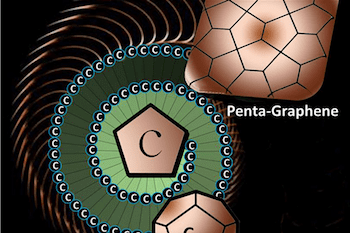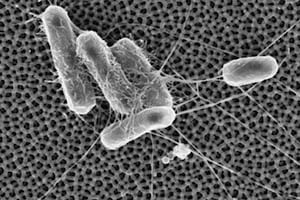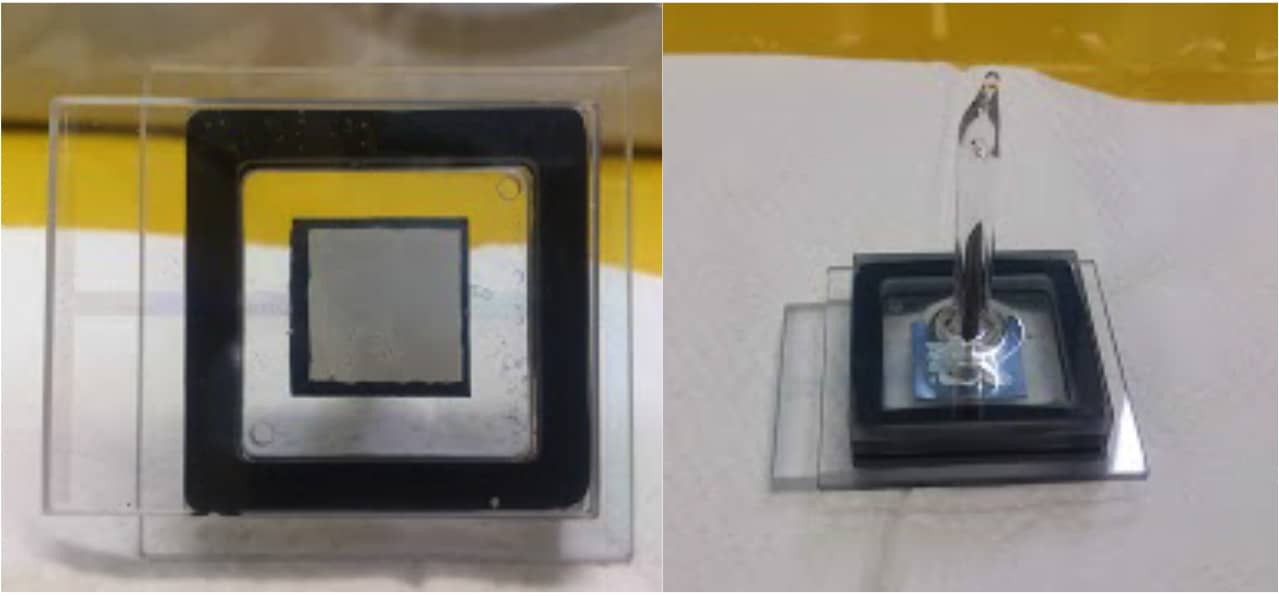A nanoporous form of graphene made by burning off other elements from an inexpensive polymer has been used to fabricate flexible supercapacitors via a process that can be scaled to industrial quantities to provide energy storage for wearable, flexible electronics.
Flexible supercapacitor from stacked nanomaterial









